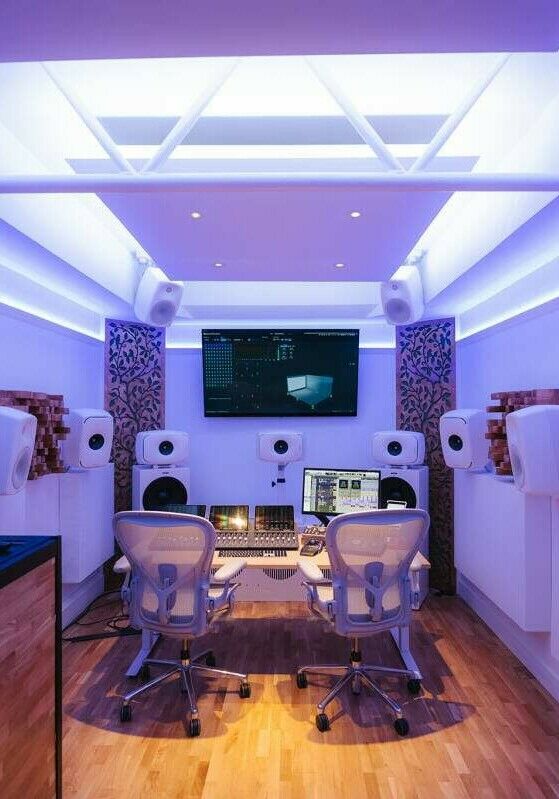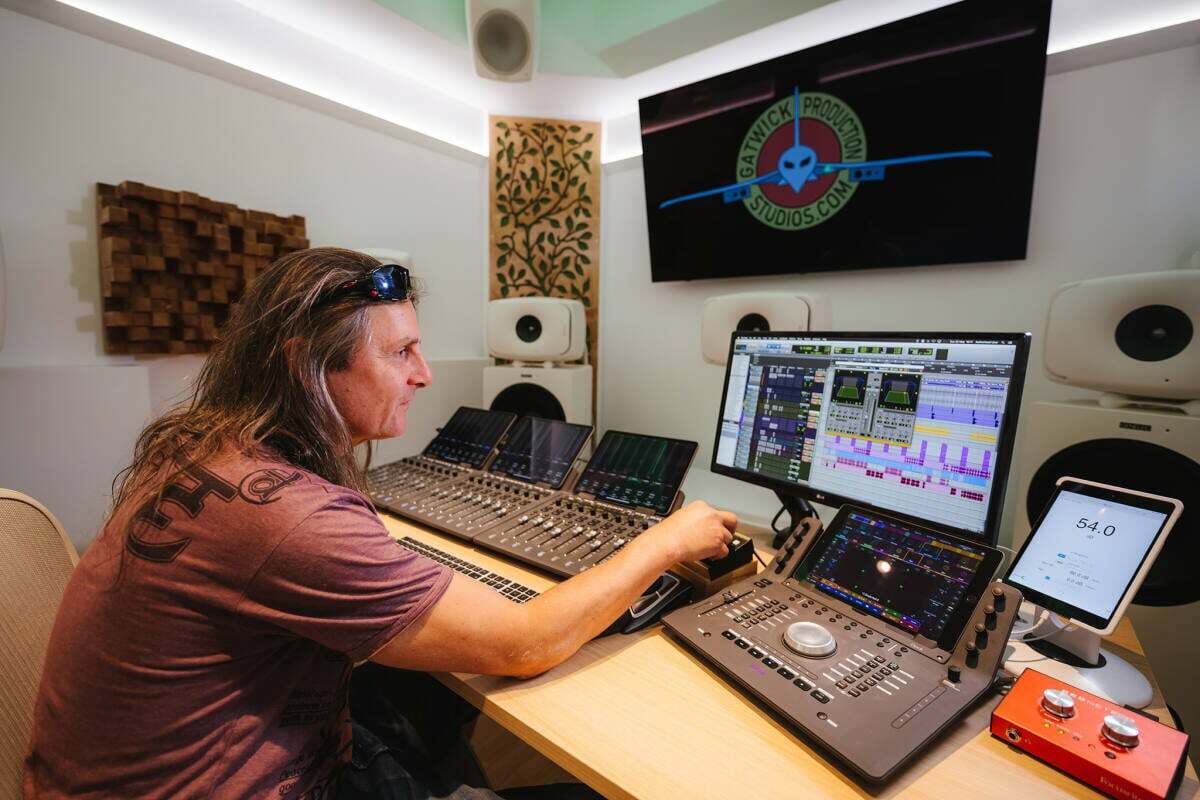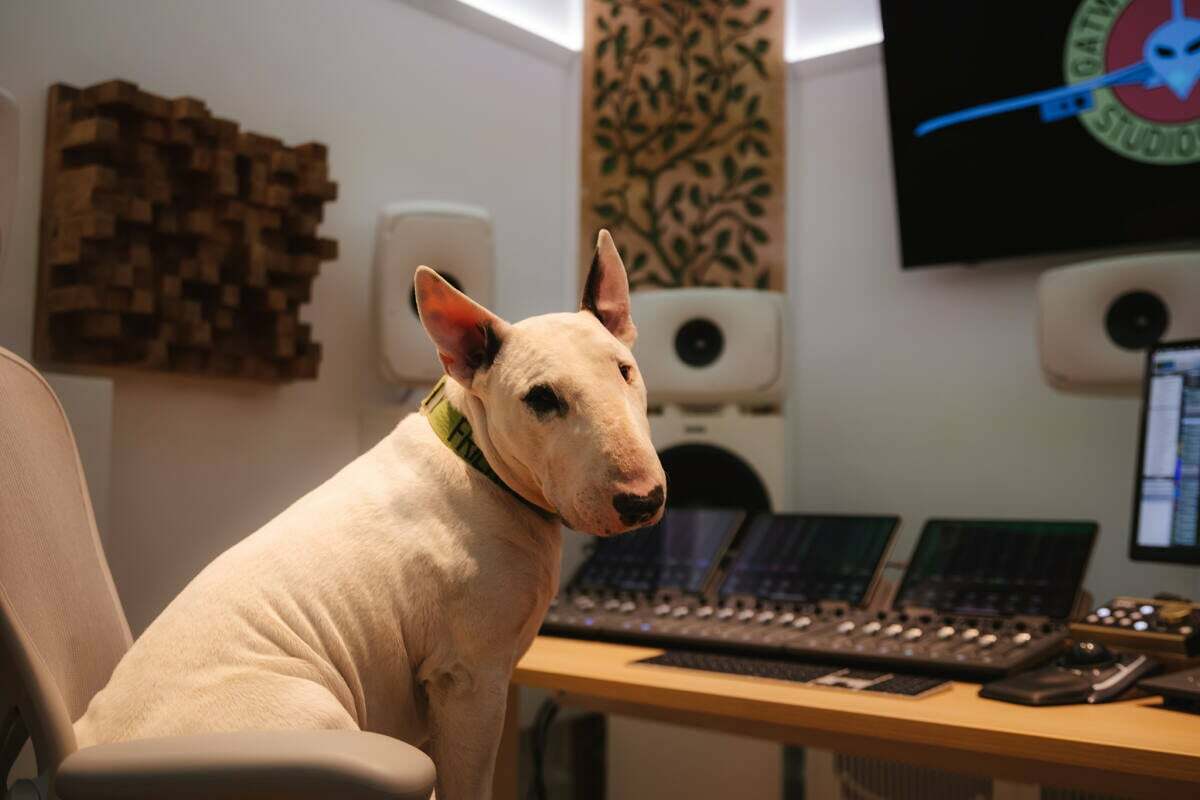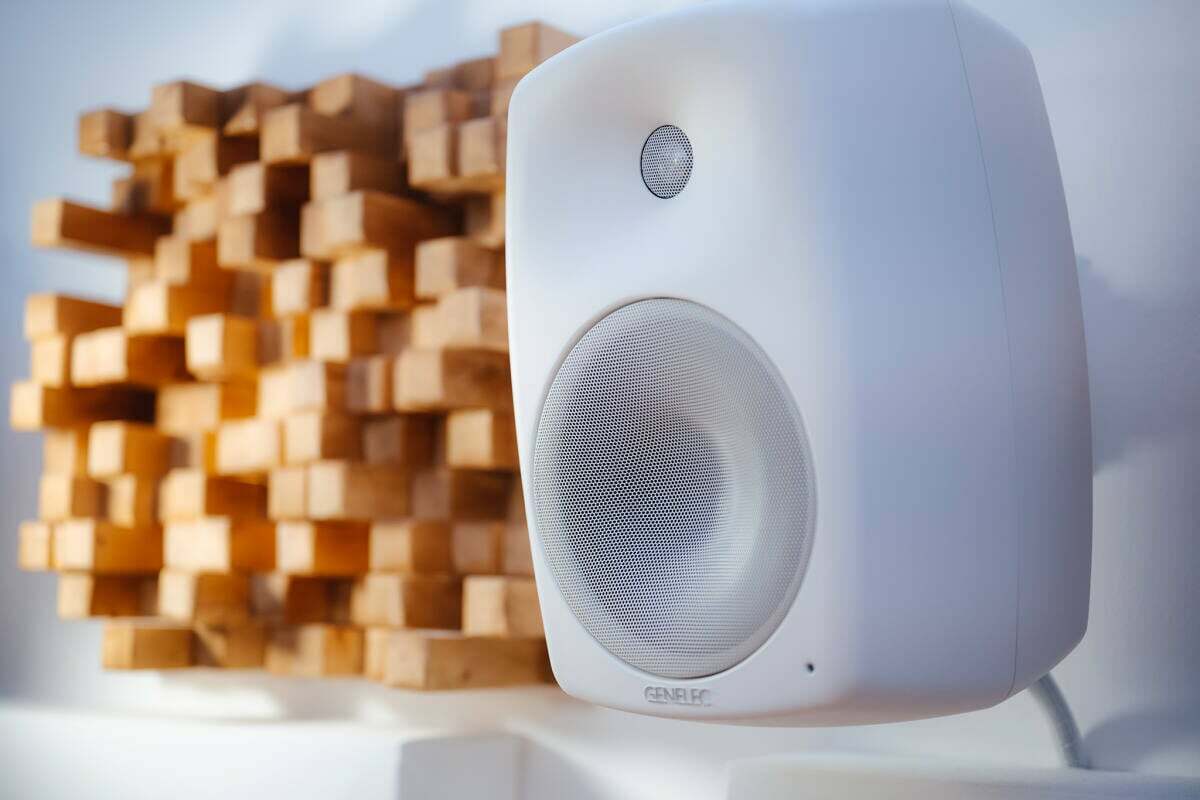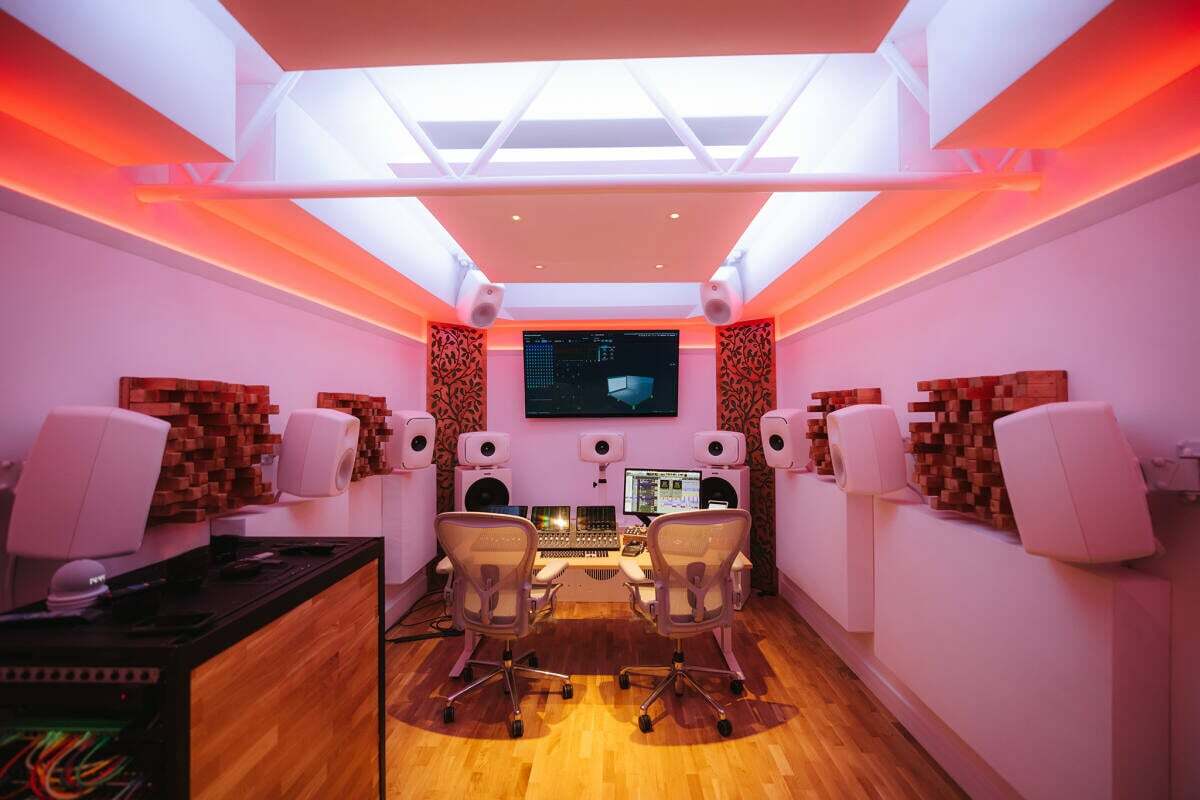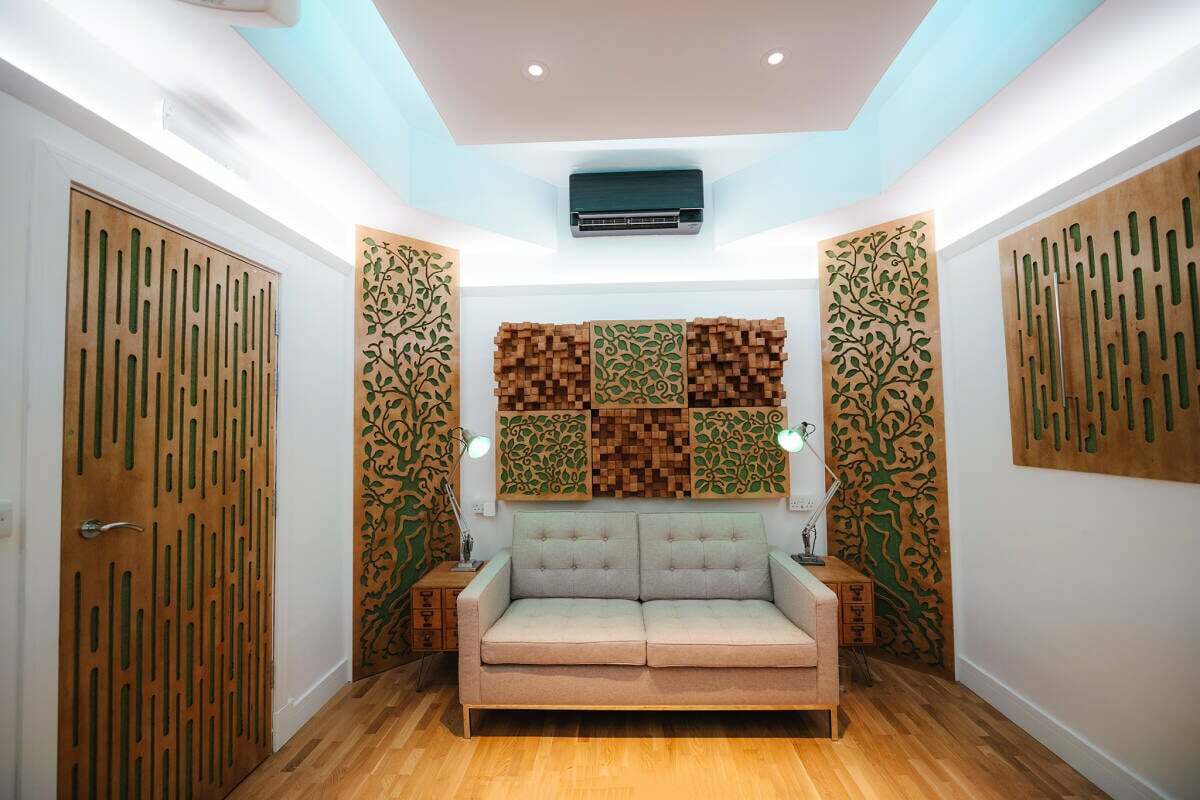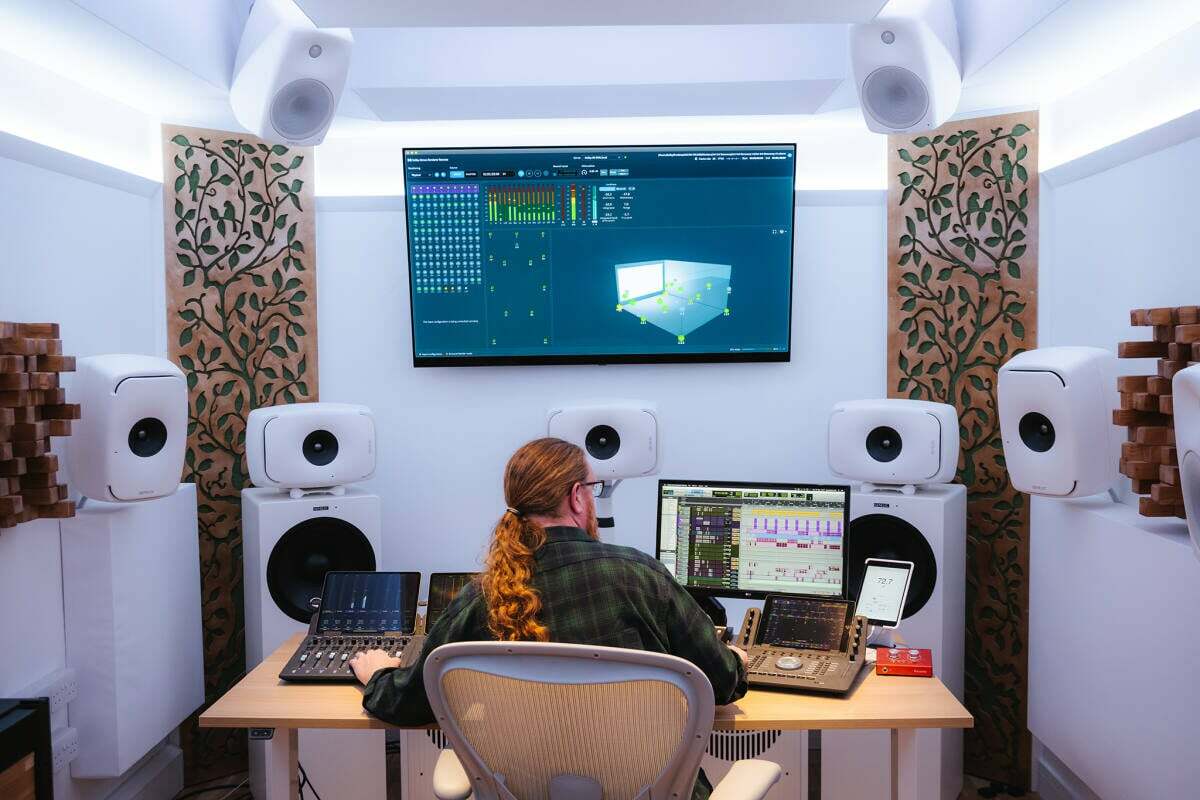What are your thoughts on the future of immersive mixes in a live arena setting?
SR: More and more companies are looking at the commercial side, which is a little sideline of ours for immersive experiences – being able to compose with spatial, immersive, Dolby Atmos, (or whatever you want to call it!) is a whole new ballgame.
Suddenly all the PA manufacturers are now releasing their own immersive technologies that will either read Dolby Atmos files or will work alongside them in a similar manner. With our live backgrounds, we're very much starting to position ourselves to work with these PA firms on custom compositions, and working with their existing artists to fine tune what they do in an absolutely world class surround mix studio to bridge our two worlds. We've done the studio side, and we’re trying to bridge back into the live world as well.
BK: We're sound system people really. It's been a journey, but it will be lovely to come full circle and do immersive mixing on a huge scale. We're loving the content creation part because we've got one of the best Dolby Atmos mix studios – the room is something else.
To come full circle is what we'd love to be doing. The main plan is talking to these PA companies. I was just in a meeting with one of the leading manufacturers to be able to bring this whole thing live. Historically, whenever we've tried to do anything, or anyone else has tried to do anything, there's been no content to play on anything…
SR: Obviously Atmos is being pushed out on streaming services and you've got all the synchronisation possibilities for film because suddenly they're already in Atmos so they don't have to have it remix it to make it work in their movie – they can literally just take it straight off the shelf and put it straight into the film soundtrack. So the ability to then push that out into live…. suddenly, artists actually have somewhere somewhere to go with it. Basically, they've actually got a financial return for their effort.
